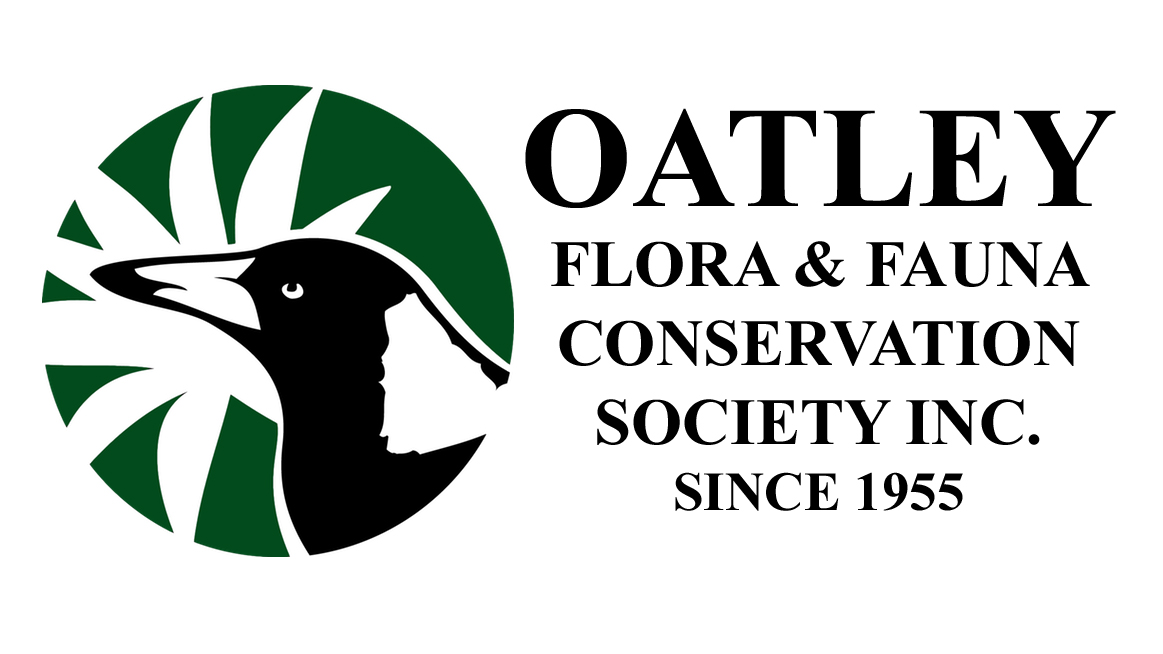Green corridors and habitat connectivity is most prevalent along the foreshore areas, particularly in the south and west of the LGA. Large parks and reserves, such as Georges River National Park, Gannons Park and Oatley Park provide important habitat refuges and support connectivity within the LGA and between the large areas outside the LGA such as Holsworthy Military Reserve and the Georges River National Park to the west, and the Royal National Park to the south. Some street tree corridors and vegetation within private property provide important green corridors between larger parks and reserves.

Georges River Council commissioned a Biodiversity Study of the Georges River LGA which was completed and adopted on 28 June 2021. This Biodiversity Study provides several recommendations to manage, preserve and improve biodiversity values within the LGA over the next decade. The recommendations include various approaches to address threats and risks to biodiversity such as bush regeneration works, community engagement, public education and Council policy development.
Vegetation communities:
- There are 21 vegetation communities within the LGA, covering approximately 724ha. This includes 17 native vegetation communities covering approximately 389ha (54%) and four urban / non-native communities covering approximately 335ha (46%).
- The most common native vegetation type is ‘Coastal Enriched Sandstone Dry Forest’ which covers approximately 174ha (24%) of the LGA. This is a dry open forest community that provides the most abundant native habitat type for flora and fauna.
• There are seven Threatened Ecological Communities (TECs) within the LGA, one of which is aquatic (seagrass meadows).

Flora:
• 460 flora species were recorded during the field surveys including 322 native species (70%) and 138 exotic species (30%).
• These species encompass 116 different plant families. The most diverse plant family is the grasses (Poaceae) of which 46 species were recorded.
• Diversity of flora species has generally decreased over time, this is likely due to extensive vegetation clearing as well as the invasion of weed species
